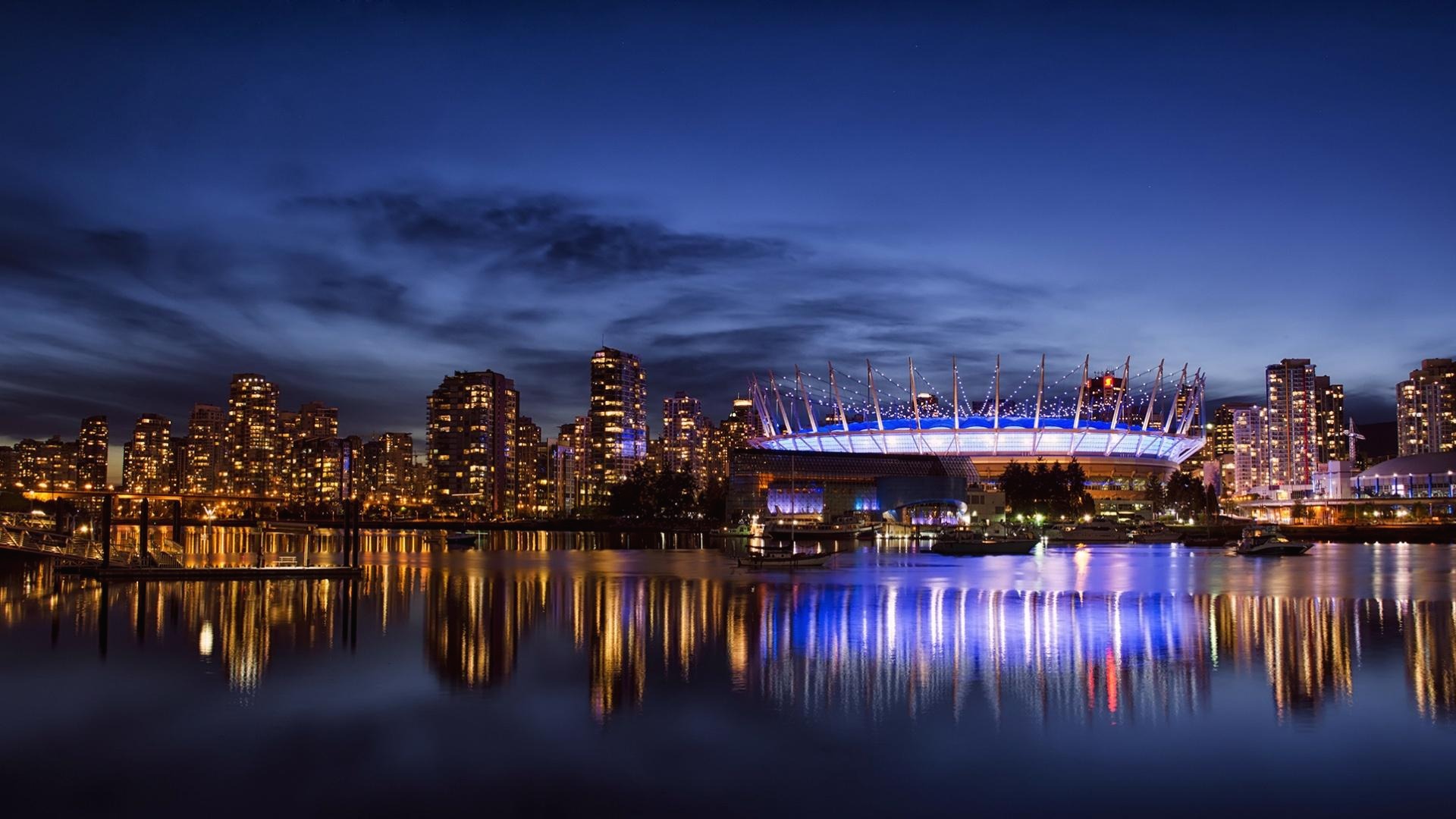ZeroAvia secures backing for hydrogen-electric 19-seater

ZeroAvia’s electric powertrain using a hydrogen fuel cell to generate electricity took giant steps forward this week with a series of investment and collaboration announcements.
Announcement 1 was partnering with British Airways which “will see ZeroAvia embedded in the heart of the airline,” said BA. “The team will work remotely alongside mentors and experts to explore the transformational possibilities of moving from fossil fuels to zero-emission hydrogen to power the airline’s future fleet.
Announcement 2 was ZeroAvia securing £12.3m in funding from the UK government through the ATI Programme to deliver a 19-seat hydrogen-electric powered aircraft that is market-ready by 2023 – the HyFlyer II project.
Announcement 3 was £16m in Series A venture funding. led by Breakthrough Energy Ventures and Ecosystem Integrity Fund, with follow-on investors Amazon Climate Pledge Fund, Horizons Ventures, Shell Ventures and Summa Equity.

ZeroAvia proved its technology with a flight in a hydrogen fuel cell electric Piper Malibu at Cranfield in September. Photos: ZeroAvia
The HyFlyer II 600kW hydrogen-electric powertrain will be made for aircraft such as the Cessna 208 Caravan and the Viking Air DHC-6 Twin Otter which are used in regional aviation and cargo transport worldwide.
Val Miftakhov, CEO, ZeroAvia, said, “We are delighted with the ATI’s decision to back our 19-seat powertrain development programme. This project is instrumental for delivering a market-ready hydrogen powered solution for 2023 that makes passenger-ready zero carbon aviation a reality.”
For the HyFlyer II project, ZeroAvia is working with the European Marine Energy Centre (EMEC) to deliver the green hydrogen fuelling systems required to power the aircraft for flight tests, including through mobile fuelling platforms suited to airport environments.
ZeroAvia will also for the first time partner with Aeristech, a leading developer of power dense and efficient air compressor solutions. Adding Aeristech to the list of collaborators for HyFlyer II allows ZeroAvia to utilise the company’s advanced air compressor system as part of the new 19-seat powertrain.
UK govt Energy Minister, Kwasi Kwarteng, said, “Next year, as the UK assumes the Chair of the G7 nations and hosts COP26, we have an exciting opportunity to lead through example on climate change as we power towards net zero with our new ambitious plan to put the UK at the forefront of the green industrial revolution and a green jobs boom.”
The announcements follow ZeroAvia’s world first flight of a commercial-grade hydrogen-electric aircraft at Cranfield in September, utilising a smaller version of ZeroAvia’s hydrogen fuel cell powertrain in a 6-seat Piper Malibu M350, known as HyFlyer I.
'Fuel Cell' 카테고리의 다른 글
| Arcola Energy introduces production-ready hydrogen fuel cell powertrain platform for heavy-duty vehicles (0) | 2020.12.23 |
|---|---|
| 「創るエネルギー」が「使うエネルギー」を超える社会へ (0) | 2020.12.21 |
| Bill Gates, Amazon buy stake in clean aviation startup ZeroAvia (0) | 2020.12.18 |
| 2021 Toyota Mirai pricing and official range announced (0) | 2020.12.18 |
| 2021 Toyota Mirai is $9000 cheaper than the outgoing model (0) | 2020.12.18 |


